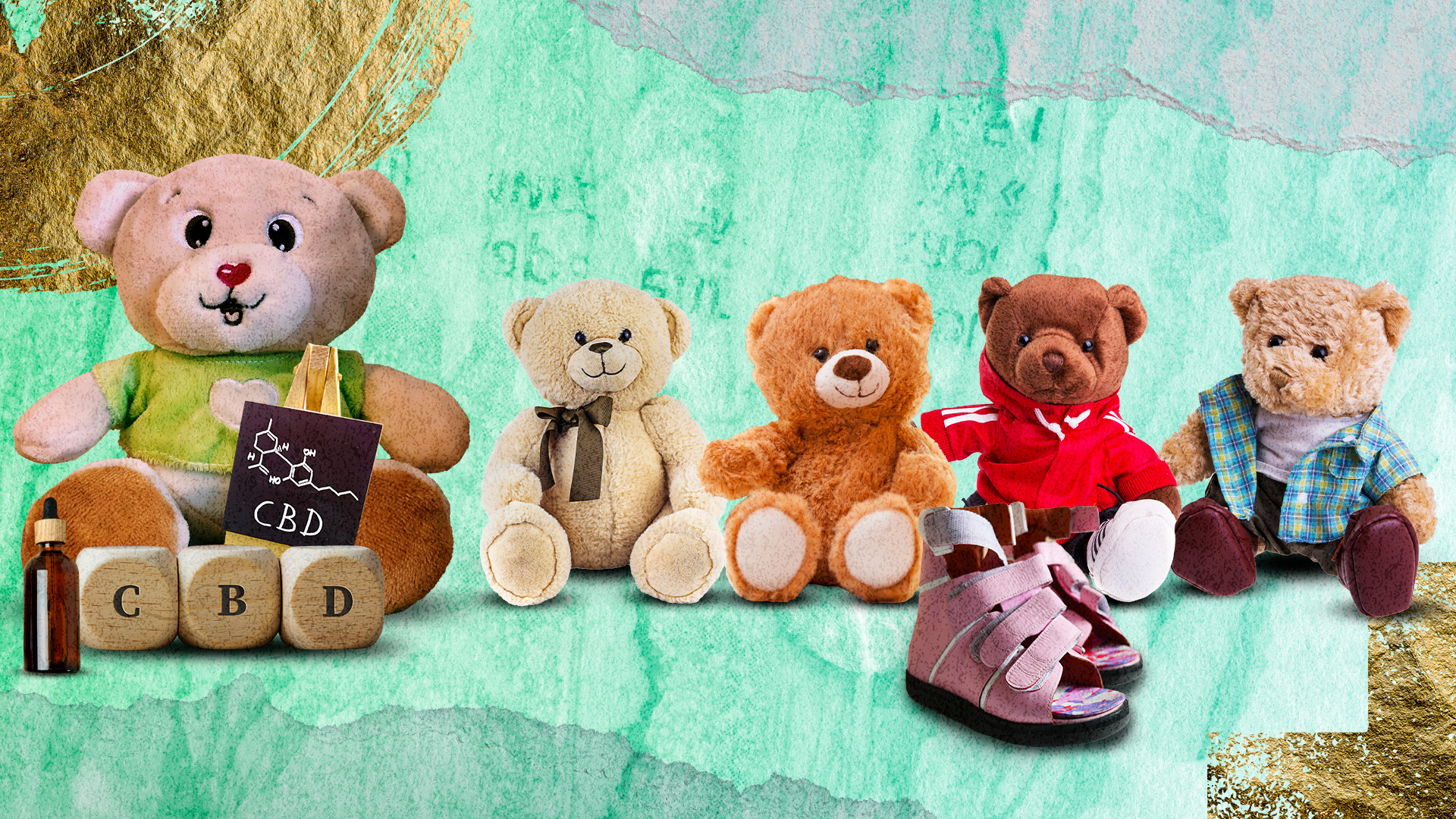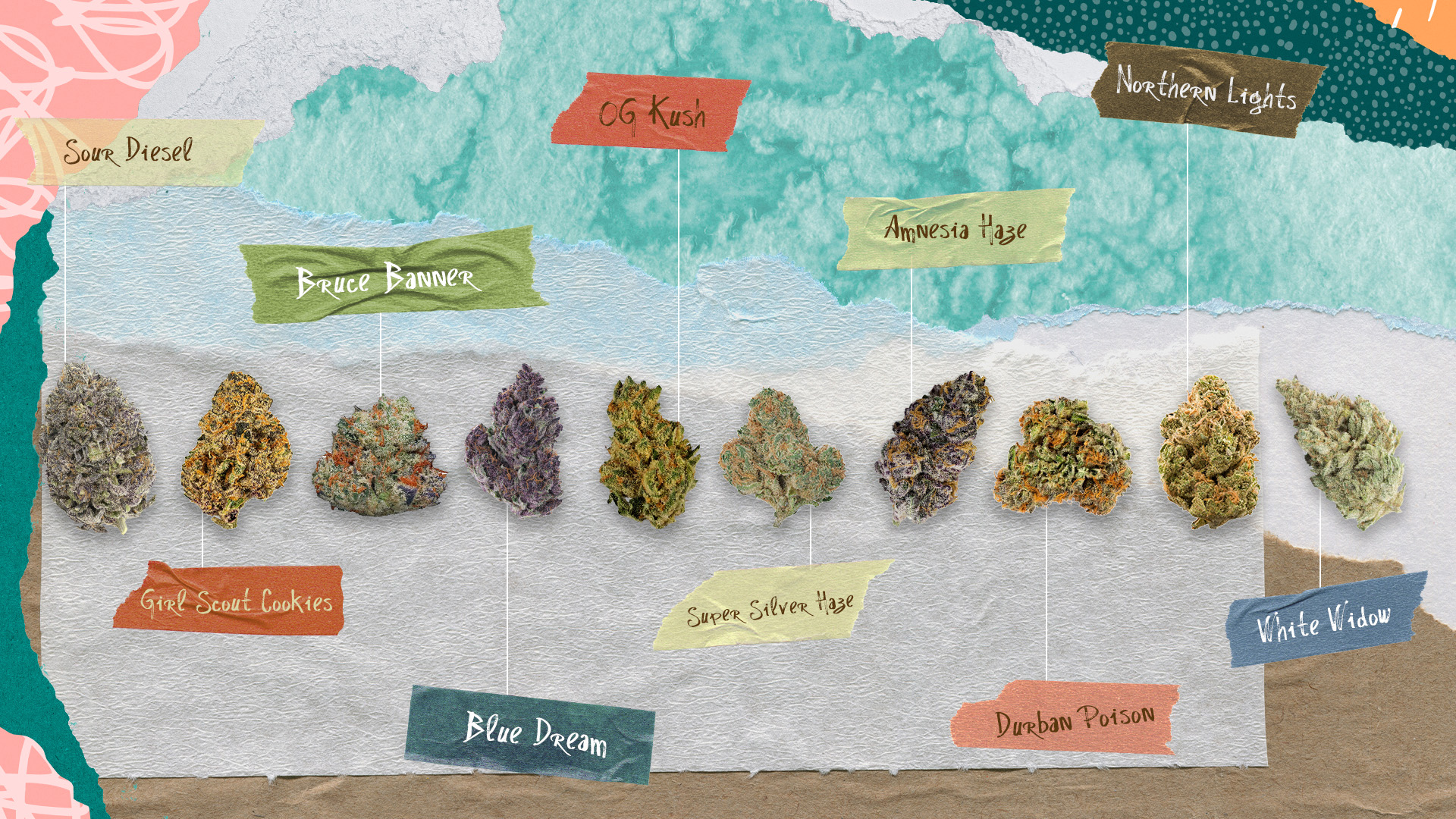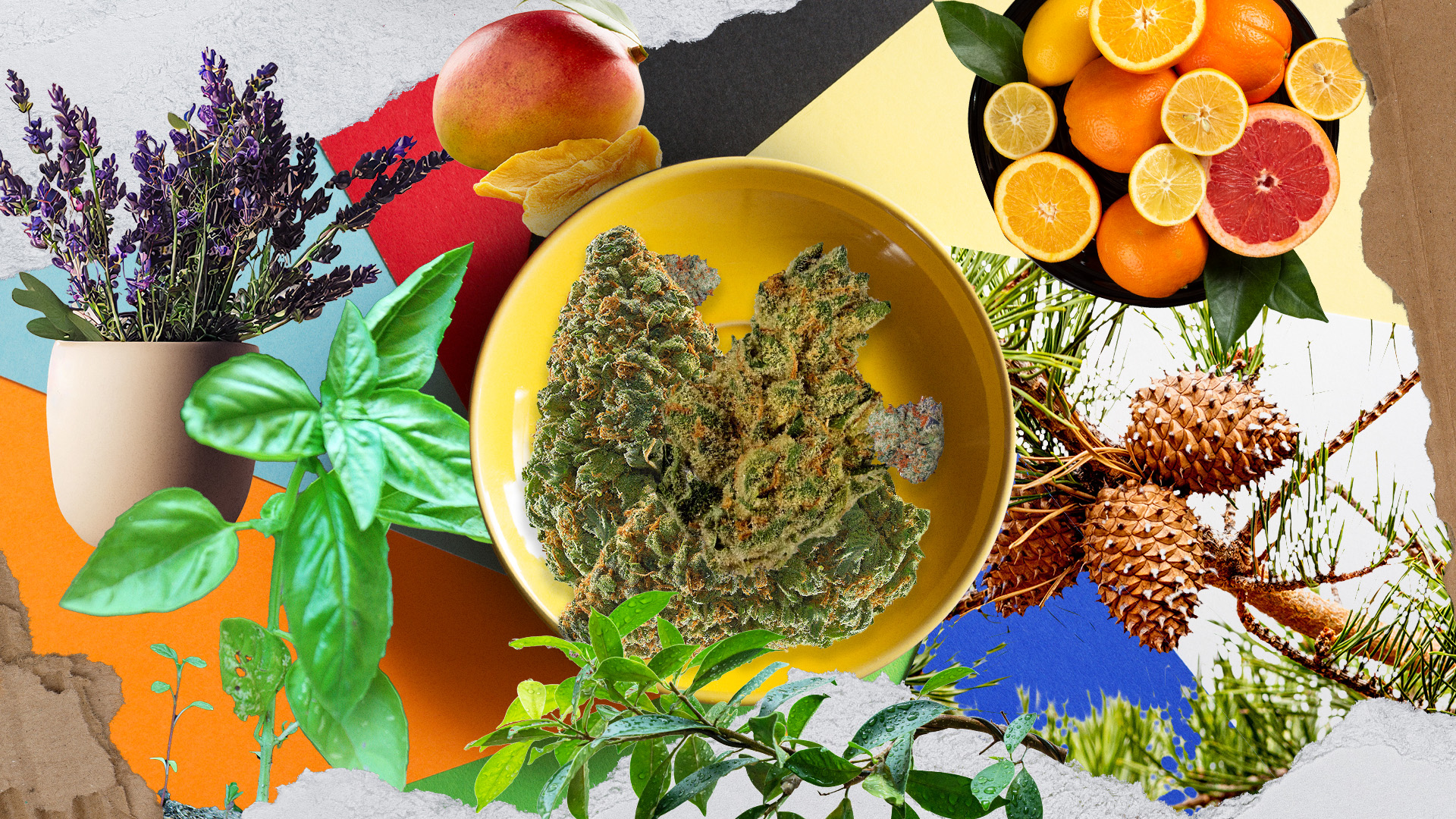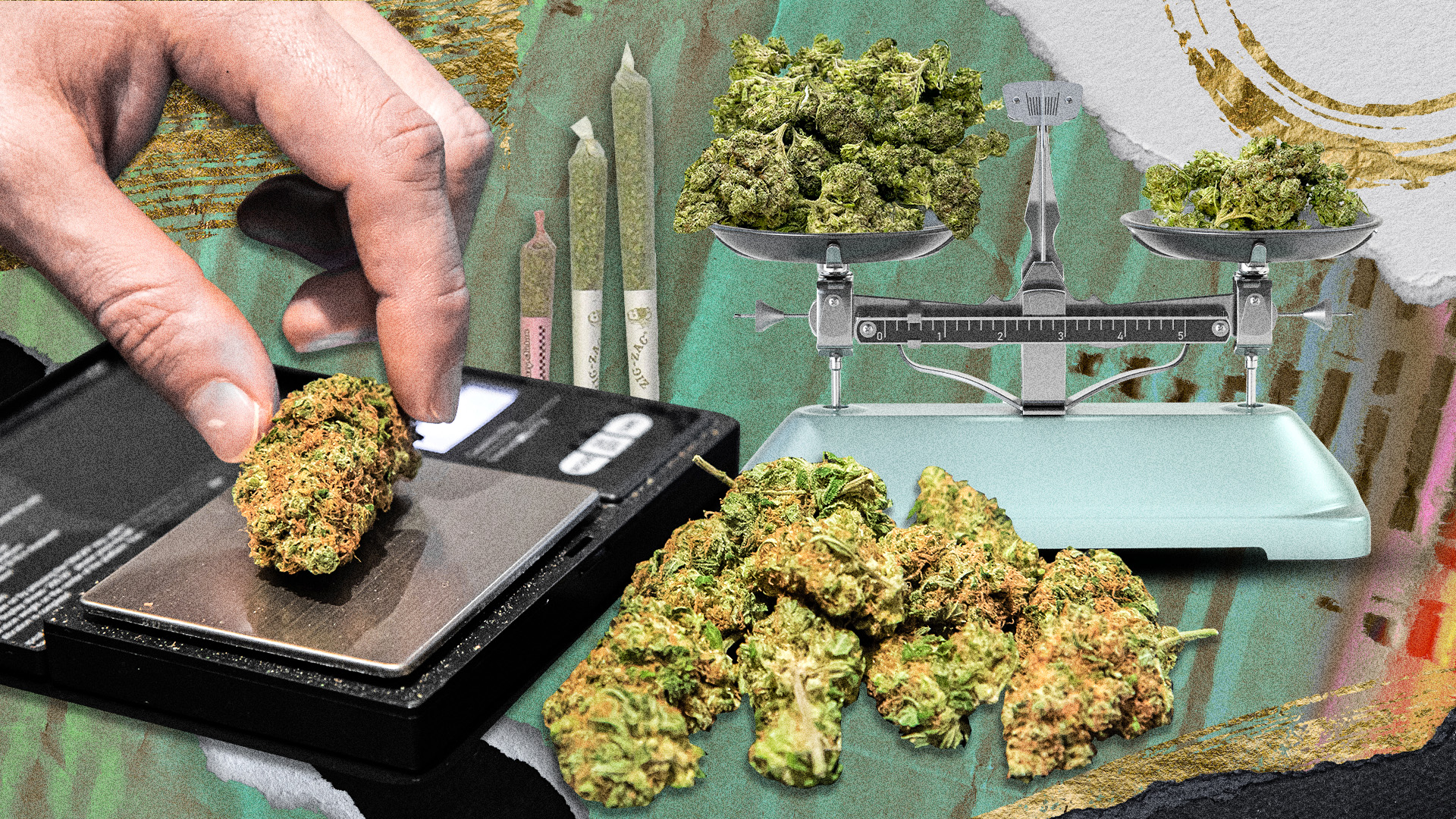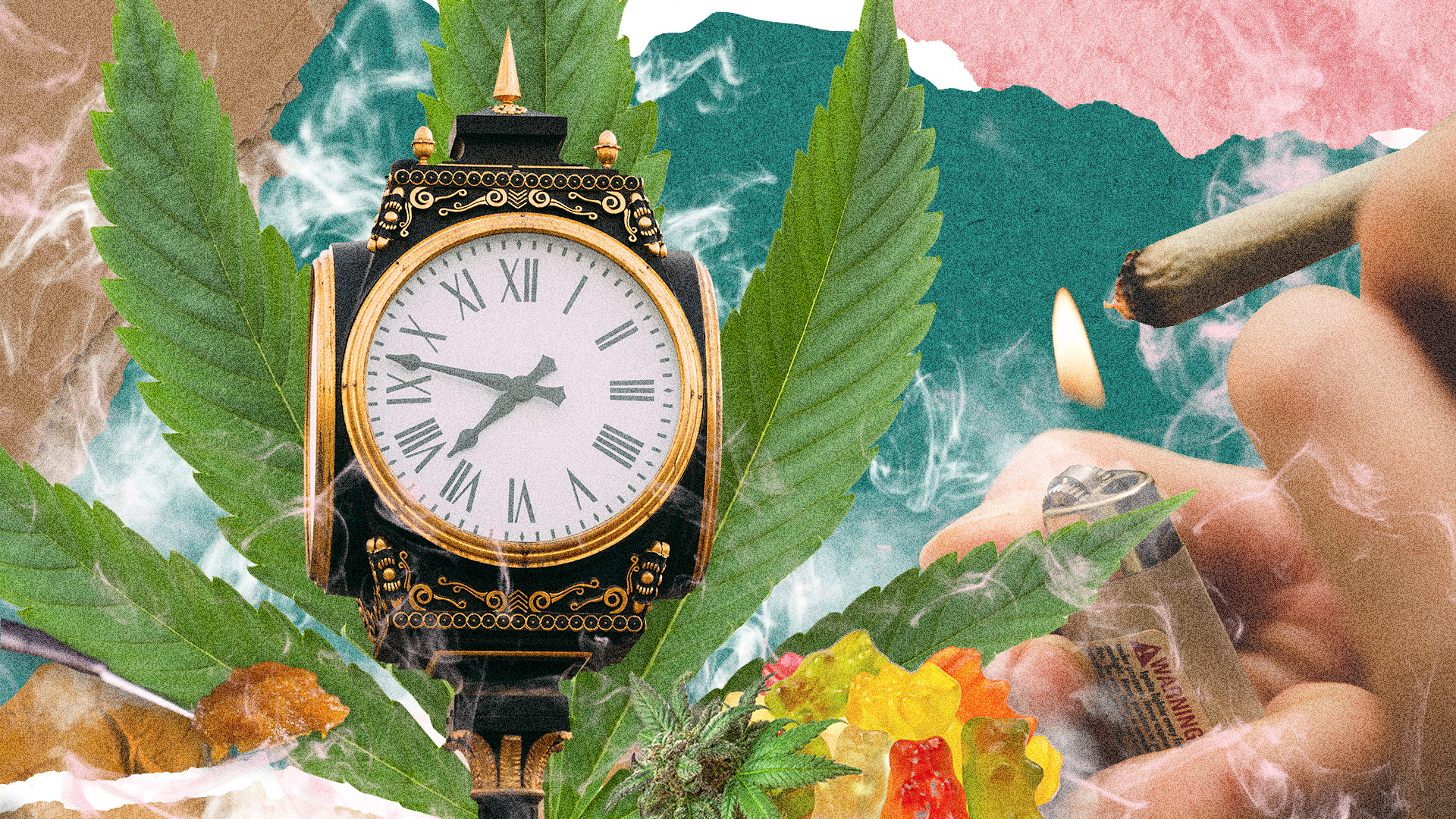As the natural remedy of cannabis gains more widespread acceptance and products become increasingly available, its healing properties are slowly gaining acceptance into mainstream culture. A recent 2023 study published in the prestigious journal Orthopedics suggests cannabidiol (CBD) is becoming quite popular among families of children with cerebral palsy (CP) – indicating that nature’s plant may be doing some serious good for those who need it most. Let’s take a closer look at this new research around CBD for Cerebral Palsy and examine the extent of this trend and its implications for the future of CP management.
What is Cerebral Palsy?
Cerebral palsy (CP) is a neurological disorder affecting muscle coordination and body movement. It occurs due to abnormalities or damage to the developing brain before, during, or after birth.
In the United States, approximately 10,000 babies are diagnosed every year with CP, making it the most common motor disability in childhood.
The symptoms of CP can vary widely among individuals and may include significant challenges with movement, muscle tone, posture, and coordination. Some children may also experience tremors, seizures, or difficulties with speech and swallowing.
Diagnosing CP typically involves a combination of developmental monitoring, screening tests, and evaluations by specialists.
While there is currently no cure for cerebral palsy, various interventions such as physical therapy, occupational therapy, speech therapy, medications, and, in some cases, surgery can be performed to manage its symptoms.
Treatment plans are customized to each individual’s needs. They are designed to promote independence, improve overall well-being, and enhance quality of life.
CBD for Cerebral Palsy: Study Details
This study’s main objective was to examine CBD usage among children diagnosed with CP. To ensure a comprehensive understanding, the researchers from Stanford University took a practical approach. Instead of directly surveying the young patients, they reached out to their caregivers – the individuals who deeply understand the daily routines, challenges, and treatments of these children.
By focusing on this specific demographic, the team aimed to not only collect raw data but also gain insights into the motivations and experiences that led these caregivers to explore CBD as a therapeutic option for their children. This methodology provided valuable real-world information about how CBD is actually applied and received within the CP pediatric community.
According to the study, a substantial 17% of CP caregivers confirmed giving CBD products to their children as part of their routine. So, what were their primary motivations for turning to this natural remedy? Well, the answers were remarkably consistent across the board.
Why You Should Get Your Medical Marijuana Card
Veriheal has satisfied millions of patients nationwide by giving them access to these benefits
- Larger purchase limits
- Peace of mind
- Enhanced legal protection
- Access to higher potency strains
- Save up to 25% on cannabis purchases
- Skip the line at the dispensary
The top reasons highlighted included alleviating spasticity, a common and often debilitating symptom of CP. Spasticity refers to the increased muscle tone or stiffness, often leading to uncontrolled, abrupt movements and making it very challenging for the child to control their muscles and coordination.
Coming in a close second was using CBD to reduce anxiety and relieve pain. These findings shed light on the profound challenges children with CP face and the extraordinary lengths caregivers go in search of effective remedies.
How Safe And Effective Was CBD For Cerebral Palsy Symptoms?
A remarkable observation from the study was the overwhelmingly positive safety profile of CBD as a treatment option. Caregivers reported no adverse effects in their children when using CBD treatments, highlighting its potential as a gentle yet powerful remedy.
This finding carries profound implications for the medical community’s perception of CBD.
While every treatment has its nuances and individual experiences may vary, the evident safety of CBD for pediatric cerebral palsy patients could pave the way for broader acceptance and use. This is particularly noteworthy considering the often severe side effects associated with “big pharma” drugs.
It serves as a reminder that in the pursuit of effective treatments, prioritizing safety is paramount, and CBD appears to meet this critical requirement for most children.
Final Thoughts On CBD’s Emerging Role in CP Care
Based on these findings, we stand at the brink of a transformative era in the treatment of CP. The results hold immense significance for both the medical community and families facing the challenges of CP.
A key aspect of these conclusions is caregivers’ overwhelmingly positive evaluation of CBD’s regenerative potential. Their experiences shed light on the multifaceted benefits of CBD. These benefits include improved emotional well-being, effective management of spasticity, and notable relief from pain.
Considering these reported advantages, the research suggests that CBD may not only serve as an alternative treatment but also as a complementary adjunct, particularly for children with more severe manifestations of CP. This paves the way for a more integrated approach to care where CBD can be used alongside traditional treatments to optimize patient outcomes.
Note: The content on this page is for informational purposes only and is not intended to be professional medical advice. Do not attempt to self-diagnose or prescribe treatment based on the information provided. Always consult a physician before making any decision on the treatment of a medical condition.
Author, Share & Comments











